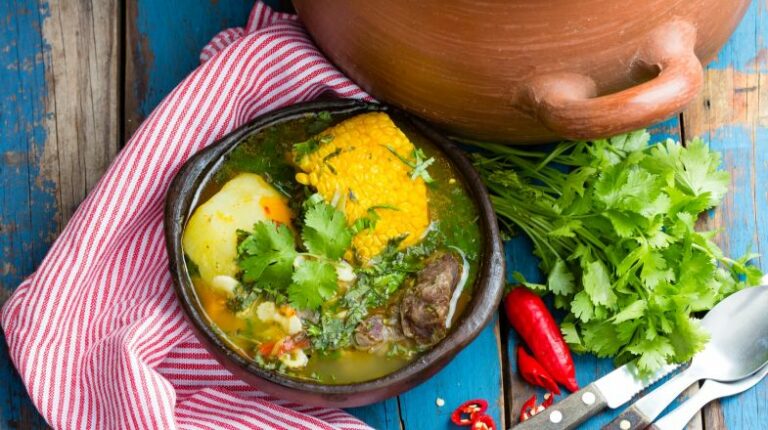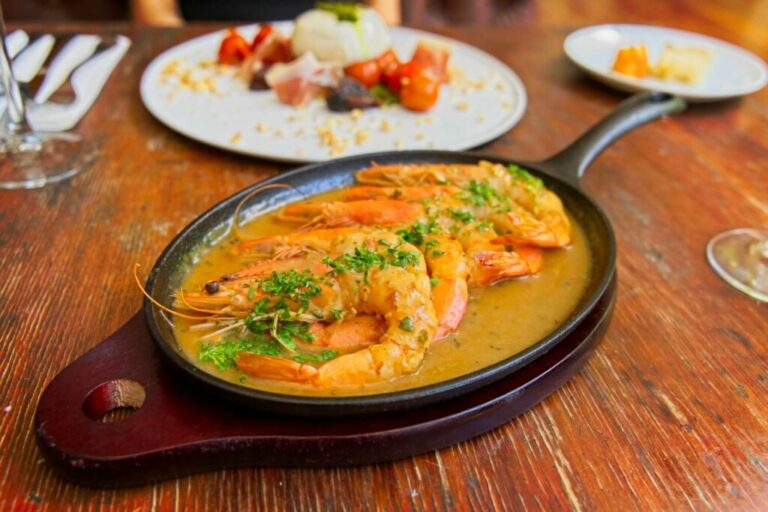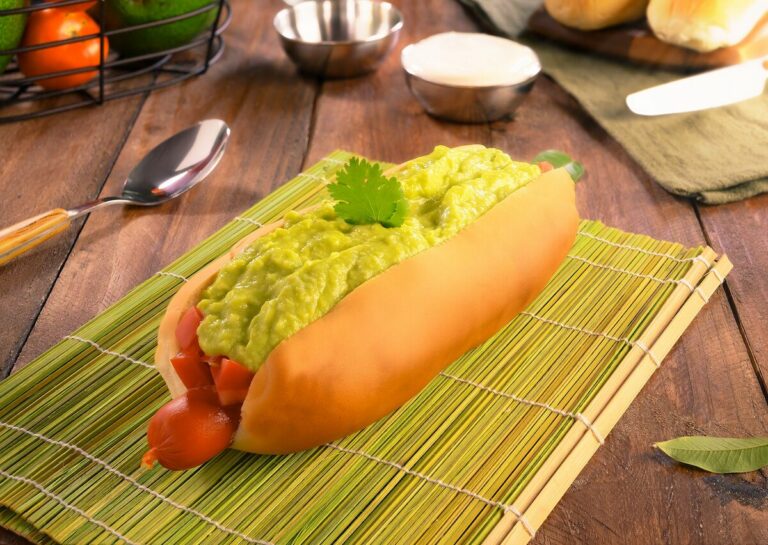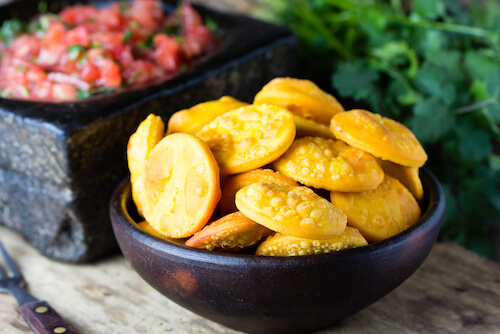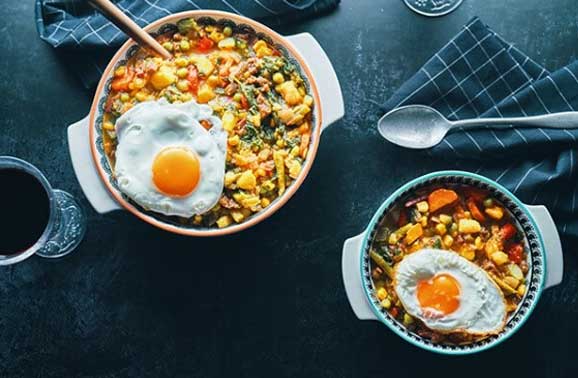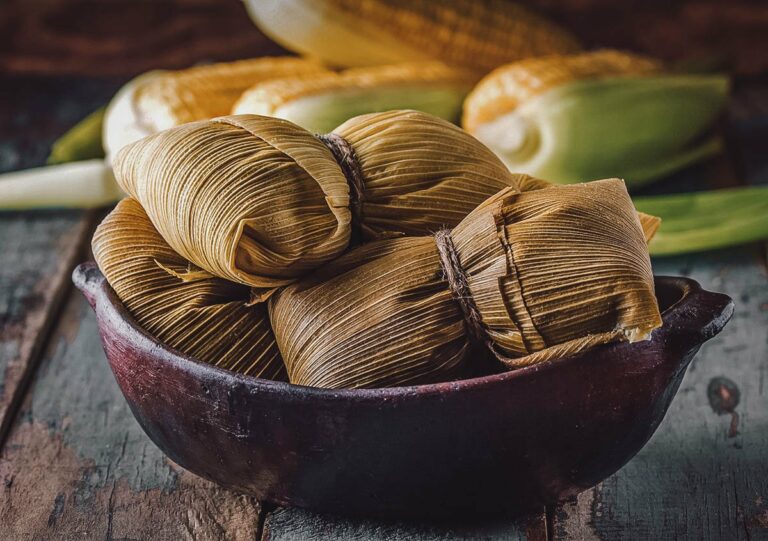Introduction to Chilean Breakfasts
Breakfast is an important meal of the day, and in Chile, it is no different. Chilean breakfast is a hearty meal that includes a range of traditional dishes and ingredients that provide a balance of nutrition and flavor. Chilean breakfasts often consist of bread, eggs, cheese, meat, and seasonal fruits. The country’s unique location and climate have led to the development of a distinct breakfast culture that is enjoyed by locals and visitors alike.
Most Common Chilean Breakfast Dishes
One of the most popular traditional Chilean breakfast dishes is the “pan con palta,” which is a simple yet satisfying avocado and bread sandwich. Another common dish is “huevos revueltos,” which are scrambled eggs that are often served with bread, ham, or cheese. “Churrascos” and “lomitos” are types of sandwiches that feature slices of beef or pork tenderloin, cheese, and tomato. Another popular option is the “leche con huesillos,” which is a sweet drink made with boiled wheat and dried peaches in sugar syrup.
Traditional Ingredients in Chilean Breakfasts
Chilean breakfasts are known for their use of fresh and seasonal ingredients. Bread is an essential ingredient, and it is often accompanied by butter, jam, or cheese. Eggs are also a staple in Chilean breakfasts and are prepared in various ways, including scrambled, fried, or boiled. Chorizo and ham are also commonly used in breakfast dishes, adding a savory flavor to the meal. Chilean fruits, such as strawberries, blueberries, and kiwis, are also used to add a sweet touch to the breakfasts.
The Famous “Completo” Hotdog Breakfast
The “Completo” is a unique Chilean hotdog breakfast that consists of a hotdog bun filled with a sausage, avocado, tomato, mayonnaise, and sauerkraut. It is a popular street food and a favorite among locals. The “Completo” is often served with a side of fries and a soft drink. It is a hearty meal that is perfect for those who need a quick and filling breakfast on the go.
Cultural Significance of Chilean Breakfasts
Chilean breakfasts are an essential part of the country’s culture. Families often gather around the breakfast table to share stories and spend time together. In Chilean households, breakfast is a leisurely meal that is enjoyed over several hours. It is a time for bonding and connecting with loved ones. Breakfasts are also an important part of Chilean hospitality, and visitors are often welcomed with a hearty breakfast.
Regional Variations of Chilean Breakfasts
Chilean breakfasts vary from one region to another, depending on the local ingredients and traditions. In the northern regions of Chile, breakfasts often include “arroz con leche,” a sweet rice pudding, and “humitas,” corn cakes filled with cheese. In the south, “curanto,” a seafood and meat stew, is a popular breakfast option. In the central region, “empanadas,” savory pastries filled with meat or cheese, are a staple breakfast dish.
Health Benefits of Chilean Breakfasts
Chilean breakfasts are a great source of nutrition, providing a balance of protein, carbohydrates, and vitamins. Eggs are a rich source of protein and essential vitamins, while bread provides energy and fiber. Avocado, which is a common ingredient in Chilean breakfasts, is a healthy source of good fats and vitamins. Chilean fruits, such as strawberries and blueberries, are also rich in antioxidants and vitamins, providing a boost of nutrition to the meal.
Where to Find Authentic Chilean Breakfasts
Authentic Chilean breakfasts can be found in local cafes and restaurants throughout the country. In Santiago, La Fuente Alemana is a popular spot for “Completo” hotdogs, while Cafe Melba is known for its “pan con palta.” In Valparaiso, Cafe del Pintor serves traditional Chilean breakfasts with a modern twist. There are also several markets, such as the Central Market in Santiago, where visitors can sample a range of traditional breakfast dishes.

